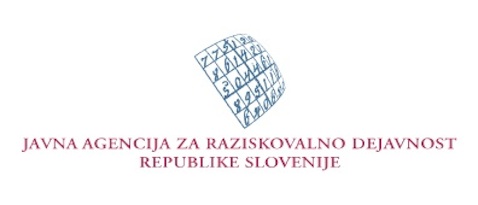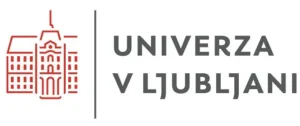Post-doctoral projects
Past projects
Z1-1852 Frustraded skyrmions studied by nuclear magnetic resonance, 1. 10. 2019-30. 9. 2021
Code: Z1-1852
Project name: Frustrated skyrmions studied by nuclear magnetic resonance

Project head: dr. Matjaž Gomilšek
Research organisation: Institut ‘Jožef Stefan’
Magnetic skyrmions are a promising emerging solution to the problem of high-density, low-energy data storage and have been intensely investigated in recent years. These topologically-protected vortices of magnetization have up till recently been known to appear exclusively in certain chiral magnets with broken space-inversion symmetry and have required fine-tuned external conditions for their existence. This hampered their practical application and slowed down our rate of progress in understanding them, as many powerful methods could not be applied to study them at the requisite low magnetic fields.
All of this changed with the very recent twin discoveries of a completely new kind of magnetic skyrmion – frustrated skyrmion – in non-chiral, space-inversion-symmetric, but highly frustrated, magnets Gd2PdSi3 and Gd3Ru4Al12. Frustrated skyrmions in these compounds are thermodynamically stable across a wide range of temperatures and magnetic fields, and are also much smaller, promising a substantially increased maximal data storage density. These properties arise from a novel skyrmion-stabilization mechanism, supplanting the chiral Dzyaloshinskii-Moriya interactions of conventional skyrmion materials with a competition (frustration) between non-chiral microscopic interactions.
Therefore it is imperative to understand both the nature and dynamics of the newly-discovered frustrated skyrmions, their response to doping and chemical substitution as well as the precise identity of the frustrated competing interactions. Answering these questions is not only important from the fundamental-physics point of view, but also for designing optimized skyrmion-hosting materials for practical applications.
As the newly-discovered frustrated skyrmions are stable up to an order of magnitude higher magnetic fields than conventional, chiral skyrmions, and because both compounds have favourable spinful nuclei (spin 1/2 29Si and spin 5/2 27Al), I propose to bring the powerful technique of nuclear magnetic resonance (NMR) to bear on these questions. This would mark the first-ever application of this technique to the study of a skyrmion material and should thus provide an unprecedented new look at skyrmions by observing the distribution of their internal magnetic fields, as well as their emergent dynamics.
The proposed project would consist of synthesizing single-crystal samples of Gd2PdSi3 and Gd3Ru4Al12, performing preliminary characterization of them using X-ray diffraction and magnetic susceptibility measurements, and then acquiring NMR spectra to extract the internal field distributions, and performing NMR spin-relaxation measurements to access information about the dynamics of skyrmions in these materials. This would be supported as needed by complementary measurements of specific heat, magnetic torque, muon spin relaxation/resonance (µSR), and others.
A further intriguing question is the response of frustrated skyrmions to doping and the possibility of the existence of skyrmions also in other (fully-substituted) compounds in the R2PdSi3 and R3Ru4Al12 series (R: rare earth). The project would also encompass this through a proposed synthesis and NMR measurement of doped and substituted representatives from these two chemical series.
Finally, the insights thus gained would be transferred to other, conventional skyrmion materials by a world-first skyrmion application of nuclear quadrupole resonance (NQR) – and possibly βNMR – two more challenging variants of NMR that also work in much lower applied magnetic fields.
The proposed project would facilitate a step-change in our understanding of magnetic skyrmions. The project would also establish a collaboration between the Jožef Stefan Institute and the £7 million UK EPSRC-funded Skyrmion Project, as most of the sample growth and preliminary characterization would be performed by the UK partners, while NMR measurements would be performed at the Jožef Stefan Institute.
Laser made entirely of living cells and materials derived from living cells
Leaders: Matjaž Humar, PhD, professor Igor Muševič, Phd
Research programme: Physics of soft matter, surfaces and nanostructures
Financed by: European Comission
Code: PR-05704
Duration: November 1, 2014–April 30, 2017
